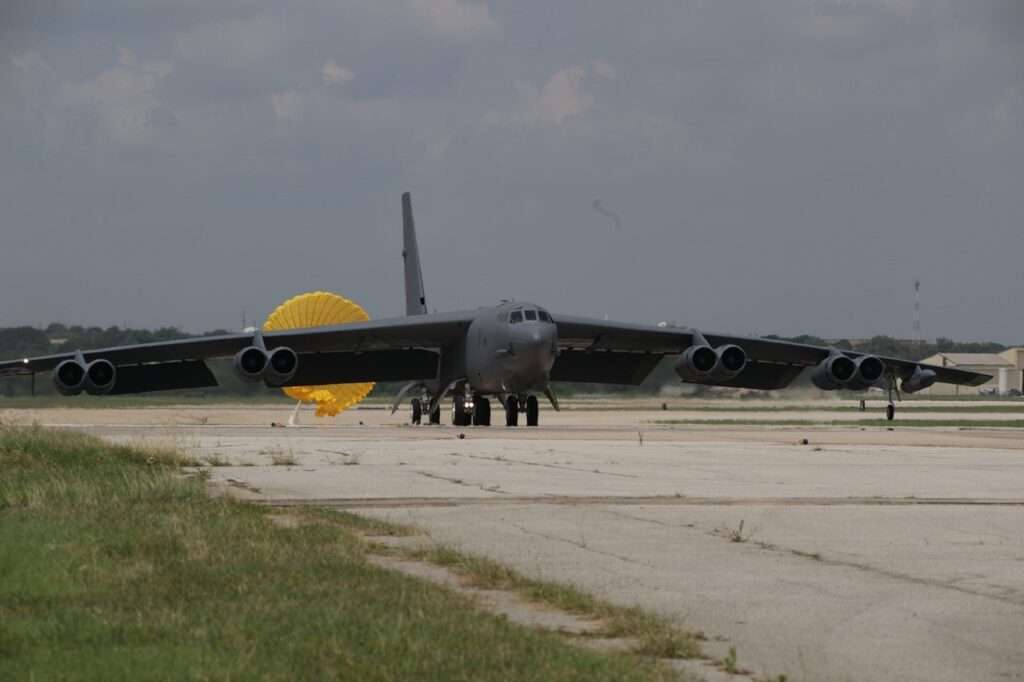The first US Air Force B-52 aircraft has arrived at Boeing to begin upgrades as part of the Radar Modernization Program (RMP).
Radar upgrade program
The RMP program will give the B-52 “fighter-like” radar capabilities, increasing navigation accuracy, targeting and tracking and will provide new, high-resolution mapping. The new radar will also be able to engage multiple targets simultaneously.
“The B-52 brings unique, critical capabilities to the U.S. Air Force as they move to a future two-bomber platform strategy,” said Jennifer Wong, director of Bomber Programs.
“By modernizing the B-52 radar, we’re increasing the relevancy of the aircraft for the warfighter for close air support or strategic attack.”
Following the on-schedule completion of the radar program Critical Design Review, Boeing began low-rate initial production of the new radar system for operational test and evaluation. Work on B-52 modernization takes place at Boeing sites in Oklahoma City and San Antonio.
RMP program upgrades include a new, wide-band radome on the aircraft’s nose; two high-definition, touch-screen, large area displays; two display sensor system processors that will connect the radar with other B-52 systems; two hand controllers and a modern active electronically scanned array radar.
B-52 Stratofortress
The Boeing B-52 Stratofortress is an American long-range, subsonic, jet-powered strategic bomber. The B-52 was designed and built by Boeing, which has continued to provide support and upgrades. It has been operated by the United States Air Force (USAF) since the 1950s.
The bomber can carry up to 70,000 pounds (32,000 kg) of weapons, and has a typical combat range of around 8,800 miles (14,200 km) without aerial refueling.

The B-52 has been in service with the USAF since 1955. There are 72 aircraft in inventory as of 2023; 58 are operated by active forces (2nd Bomb Wing and 5th Bomb Wing). 18 aircraft are operated by reserve forces (307th Bomb Wing), and about 12 are in long-term storage at the Davis-Monthan AFB Boneyard.
The bombers flew under the Strategic Air Command (SAC) until it was decommissioned in 1992 and its aircraft absorbed into the Air Combat Command (ACC).

In 2010, all B-52 Stratofortresses were transferred from the ACC to the new Air Force Global Strike Command (AFGSC).
The B-52 has seen an involvement in many conflicts and theatres of operation including the Vietnam War, the Gulf War, and the War in Afghanistan. It is the only bomber that has been continuously in service with the USAF since its introduction.
The B-52 stands as a very capable aircraft, but it is also aging. The USAF is currently in the process of replacing the B-52 with the new Long-Range Strike Bomber (LRS-B). The LRS-B is expected to enter service in the early 2020s.









